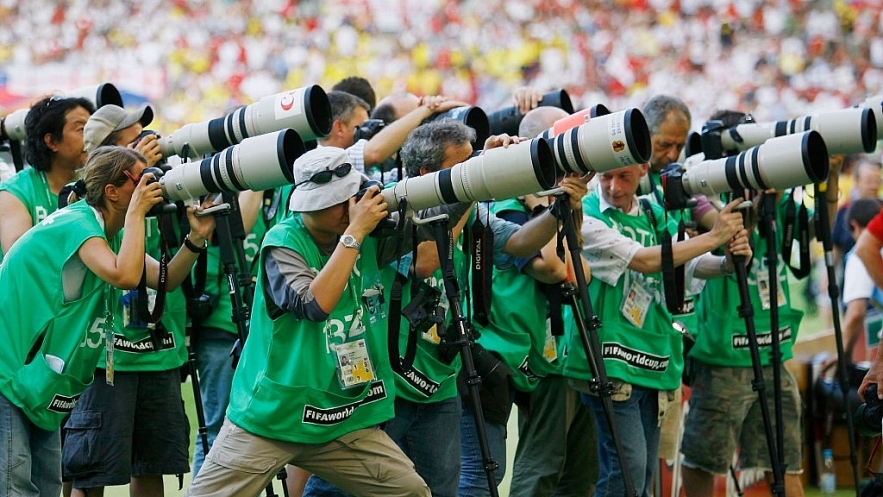We could say that sports sponsorship is a marketing strategy that, despite having been in operation for more than 70 years, is still important for athletes and companies. It is almost impossible to look for or think of a sports kit that does not carry the logo or name of a brand. Therefore, in today’s article, we are going to see how sponsorship works within the world of sports as a marketing and communication tool, in addition to knowing what advantages or benefits it brings to companies and/or athletes. Continue reading to learn more and specialize in the sector with our Master in Sports Marketing .

Sports sponsorship, what is it based on?
Sports sponsorship refers to the monetary contribution that a company makes to unite its brand with the values and image that sport transmits. This type of sponsorship can only be for athletes, clubs, or even sporting events.
We could say that it is always linked to certain strategic objectives, so it is important to study and know what objectives are intended to be achieved before investing. In summary, good sports sponsorship should consist of 4 main phases. These are:
- Detect what objectives you want to achieve with said sponsorship.
- Decide who or what you want to sponsor according to your objectives.
- Activate sponsorship.
- Evaluate its final impact.
What benefits are obtained?
As we mentioned previously, brands that undertake sports sponsorship do so under a marketing strategy. However, there are many cases in which the exact size of the benefits to be obtained is unknown, so it is a risk that not everyone can face. However, we can almost say that if the sponsorship goes well, companies usually achieve some of the following benefits:
Short term visibility
One of the main advantages of sponsorship within the world of sports is that it provides very good visibility in the short term, although it always depends on the sport, athlete, or event you choose to sponsor and the broadcast capacity. This visibility is especially interesting for established businesses or brands.
Brand familiarization
It occurs especially when the sponsorship has lasted for a long period in which the viewer ends up associating the brand with the athlete, the team, or the corresponding event. The more the brand is recognized, the greater the familiarization. This point is very important when it comes to knowing who or what you sponsor since the image of the team or the athlete is essential for the public to associate it with the brand’s values.
Greater exposure to the buyer
Closely related to the previous point is the exposure to the buyer. When the public sees a brand two things can happen. The first is that you already know it and whether you buy or not. The second is that you don’t know it, look for information, and end up buying. This is one of the main objectives why startups use sports sponsorship.
Higher return on investment
Return on Investment is one of the main metrics used in marketing and advertising, so it also has great weight within sports sponsorship. This ROI is established based on several parameters. Once the question has been asked whether the criteria established at the beginning of the investment in the medium and long term will be met, the proposed investment could begin to be made.
Two-way strategic relationship
Finally, as we have mentioned previously, sponsorship is usually a medium-long term relationship. This generates benefits for both parties involved in said process. What must be taken into account in this sense is that there is a will on both sides to row in the same direction. Some elite athletes establish long-lasting sponsorships because their strategic interests are long-term, so it is something that must also be taken into account.




